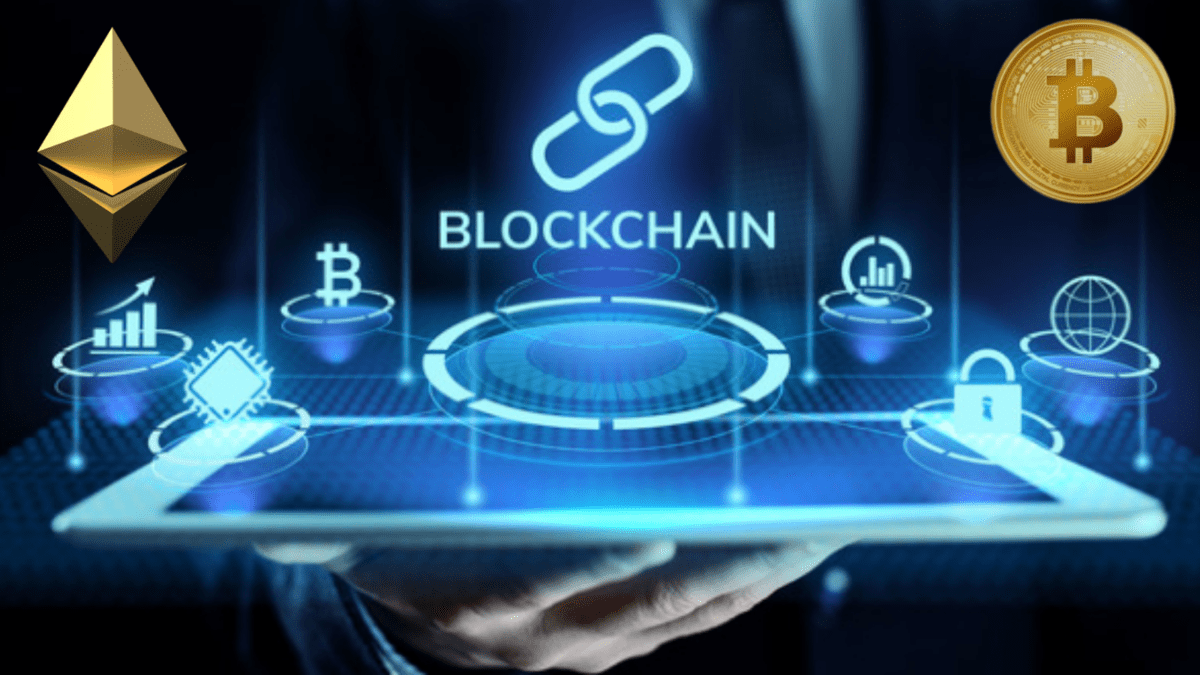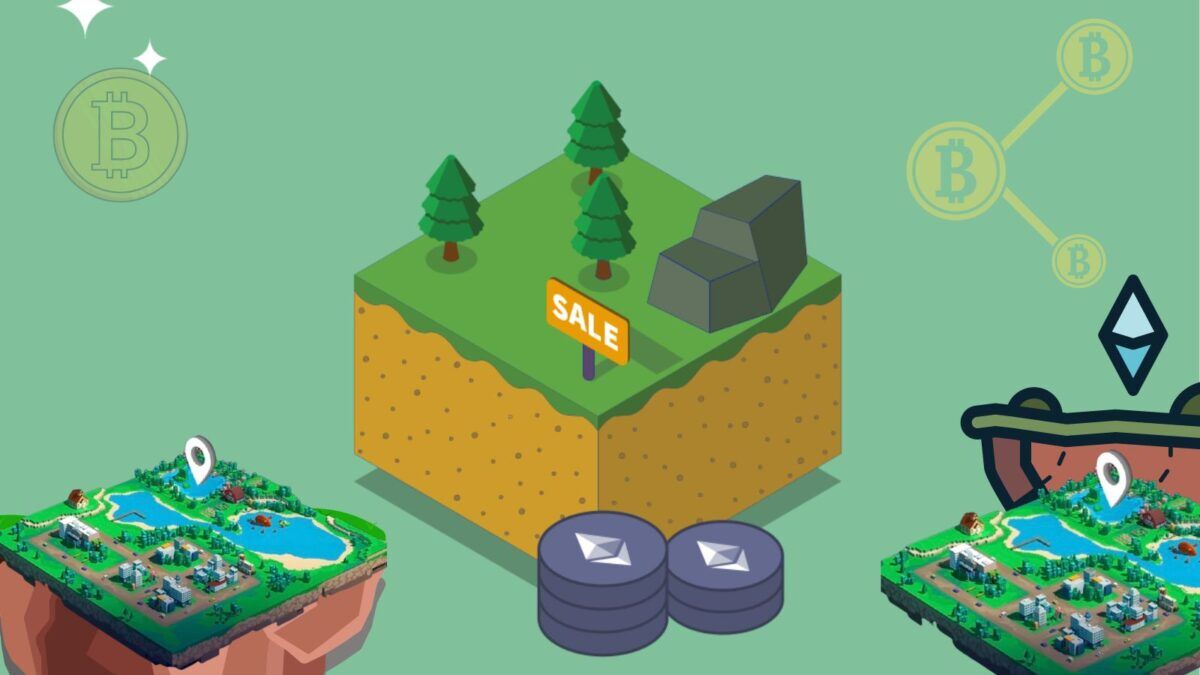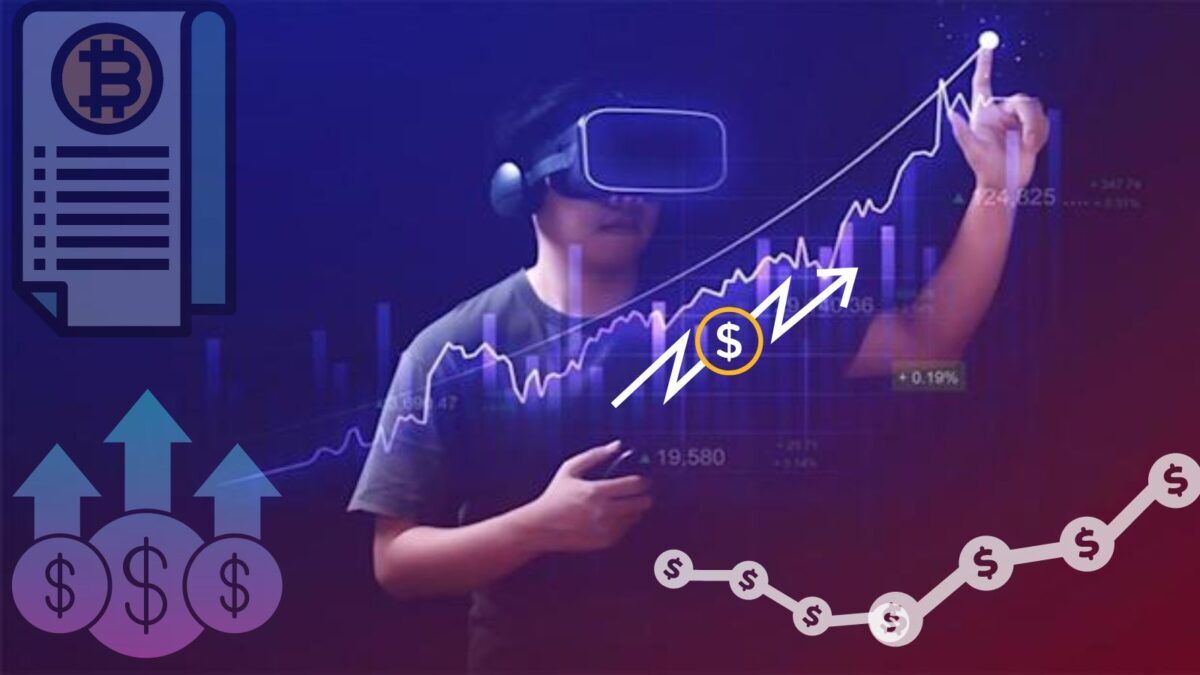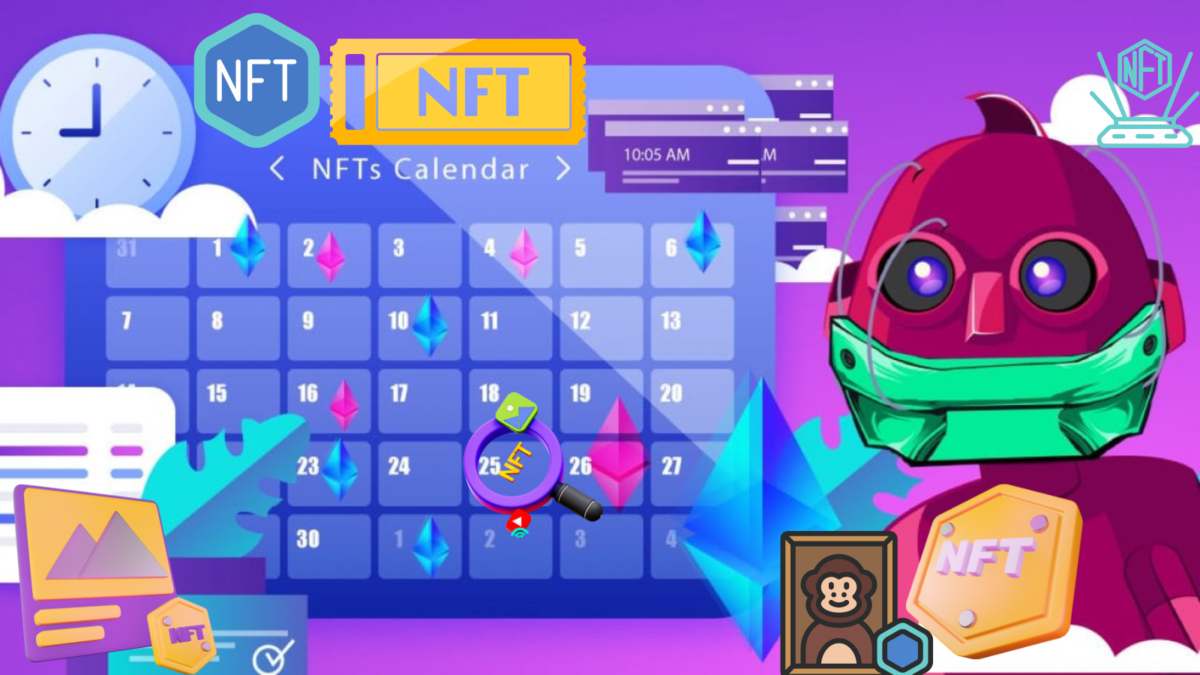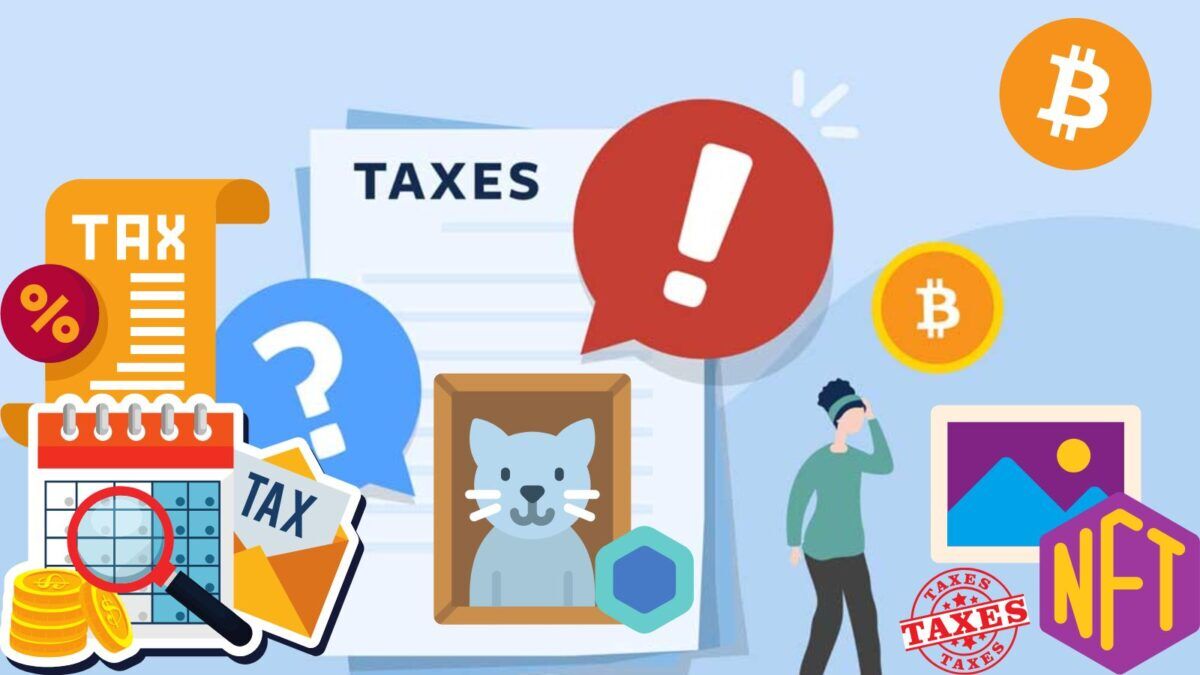Non-fungible tokens (NFTs) have become the hot new thing, and it appears that everyone is aware of the present trends, at least to a basic level. As a result, several top NFT Markets, such as OpenSea, NBA Top Shot, and Decentraland, have been established.
They make it possible for traders and creators to conduct trades quickly and profit from win-win situations. According to what we’ve observed so far, the NFT industry appears to be on track to continue growing and surprising us with much more exceptional and astounding NFT initiatives.
If you want to be a part of NFTs and want to launch your project, you’ll need to decide which NFT blockchains your project will operate on. As a result, we recommend delving into specific technical details and investigating the most widely used NFT blockchains for token and market creation, such as Ethereum, Flow, and others. Next, we’ll go through one of the most promising NFT blockchains for 2022.
Ethereum
Ethereum is the unchallenged champion in the crypto sphere and the pioneering NFT Community. ERC-721 tokens account for almost 90% of the network’s digital content, notably Axie Infinity, the Ethereum sidechain.
The Cryptopunks as well as Bored Apes NFT collections, we’re sure you’ve heard of them. Cryptopunks has made over $1.8 billion in sales, which is a staggering amount for a crypto newcomer.
Gas prices have skyrocketed due to the massive number of NFTs launched on the Ethereum blockchain platform in the last year. As a result, Solana, an Ethereum rival, and the Ronin side chain have emerged. However, Ethereum is researching a solution and will migrate to the proof-of-stake (PoS) protocol this year or next. The system will probably become ever more flexible after that, and gas costs will drop.
Top Ethereum Projects
If you’ve read of CryptoKitties or CryptoPunks, you should be aware that they were initially created on the Ethereum network. Visa just paid $150,000 for a single piece from a CryptoPunks portfolio of 10,000.
To learn more about Ethereum visit: https://ethereum.org/en/
Flow
Flow (establishment: 2020) is the interest of many crypto fans and is sometimes considered a viable Ethereum alternative. The creators of Flow are working hard to make it the ideal framework for consumer apps, with increased durability, consistency, and, most significantly, a user-friendly design.
Dapper Labs, the Canadian firm that brought CryptoKitties to the world, is the brains behind Flow. This proof-of-stake (PoS)-based blockchain is sufficient to power whole ecosystems of apps, especially those related to gaming and digital valuables.
Flow aims to offer increased scalability at its foundation by using upgradeable smart contracts driven by Cadence (the programming language created by the Flow team). The multi-node and multi-role design of the blockchain is integral to the significant transaction operations. Consensus, execution, collection, and verification are the four steps in the process. Since the open beta testing stage in October 2020, it has handled over 3 million payments.
Top Flow Projects
Ballerz, NBA Top Shot, NFL All Day, UFC Strike, Seussibles. TuneGO, BloctoBay, and Xtingles are some more Flow-powered projects.
To learn more about Flow visit: https://www.onflow.org/
Cardano
Cardano is a complex, decentralized proof-of-stake blockchain that Ethereum co-founder Charles Hoskinson developed. Its primary goals are to enable transactions in its coin (named ADA) and provide a user-friendly platform for designers to establish extraordinarily comprehensive and efficient Cardano-powered apps.
The Cardano NFT blockchains comprises two layers: the Cardano Settlement Layer (CSL), used for moving ADA between accounts and documenting transactions. The Cardano Computation Layer (CCL), which programmers utilize to transfer money using smart contract reasoning. Cardano is built on Haskell, which is the cornerstone of Cardano’s smart contract computing language, Plutus. Marlowe, the domain-specific language for constructing smart financial contracts, is likewise based on Haskell.
Top Cardano Projects
In addition, Cadalabs established the Cadalabs NFTs & Crypto Collectibles Market, the first Cardano-powered NFT and digital artifacts DeFi marketplace, by the end of October 2021. Cadalabs aims to give its users the ability to mint and trademark their digital products and solutions entirely.
To learn more about Cardano visit: https://cardanofoundation.org/
Tezos
Since early 2018, Tezos has been offering a reliable and resilient network among the first operational smart contract proof-of-stake NFT blockchains. As a result, Tezos is growing in popularity in the NFT industry. It is known for its low transaction costs and quick transaction efficiency.
The cost of mining an NFT on Tezos is a part of the price of mining an XTZ token, which is insignificant compared to the hundreds or thousands of dollars required to Mint an Ethereum Token. In addition, the prestigious Art Basel Miami Beach Show officially revealed that NFT virtual art would be shown on the Tezos blockchain.
Top Tezos Projects
Multiple NFT markets, like Kalamint, Hic et Nunc (a community for minting and selling NFTs), Bazaar Market (a carbon-neutral NFT market). OneOf (a music NFT platform), and Objkt (a framework for storing and exchanging NFTs). All these examples have used the Tezos blockchain as a rock-solid base.
To learn more about Tezos visit: https://tezos.com/
Binance Smart Chain
The Binance Smart Chain (BSC) is distinct from the Binance Chain, which powers the Binance digital exchange. The BSC, since September 2020, is a smart contract-capable platform that operates on the BNB token, a well-known cryptocurrency in the cryptocurrency industry.
The BSC has experienced popularity due to its interoperability with the Ethereum digital engine and the cheap costs and quick transactions it offers. However, it’s worth mentioning that the BCS has also had some youth-related concerns in the past, like insecure smart contracts. Several attacks on the network have resulted as a result of this, making some entrepreneurs apprehensive of employing the chain’s facilities for their NFT ventures.
However, thanks to BSC’s ongoing development staff, these flaws are no more and it appears that the BSC has brilliant potential in the NFT industry.
Top Binance Smart Chain Projects
Importantly, BSC does have its own token standard, BEP-721, which permits non-fungible tokens creation. Currently, numerous projects on Binance Smart Chain let people produce and exchange NFTs. The most notable of which are BakerySwap (collector’s NFTs), Battle Pets (gaming NFTs), and PancakeSwap (financial NFTs).
To learn more about Binance Smart Chain visit: https://www.binance.org/en/smartChain
Bottom Line
To summarize, NFTs represent a significant segment of the bitcoin economy. They give further accessibility to cryptocurrencies for people who would not otherwise have come into interaction with these assets. Furthermore, they make substantial contributions to the broad acceptance of NFT blockchains technology since they are so relevant to virtual art and gaming.
As a result, NFTs blockchains that can nest guaranteed to expand exponentially in value.
